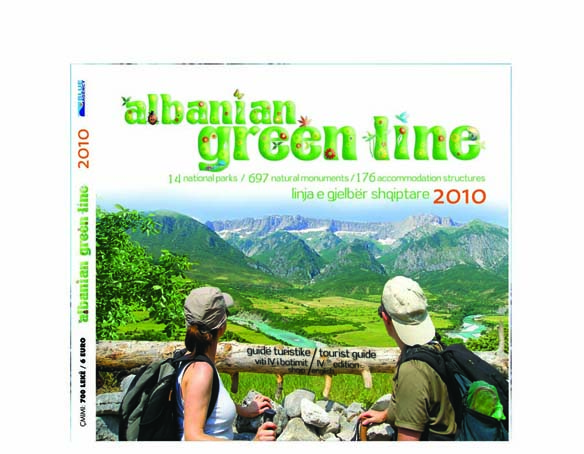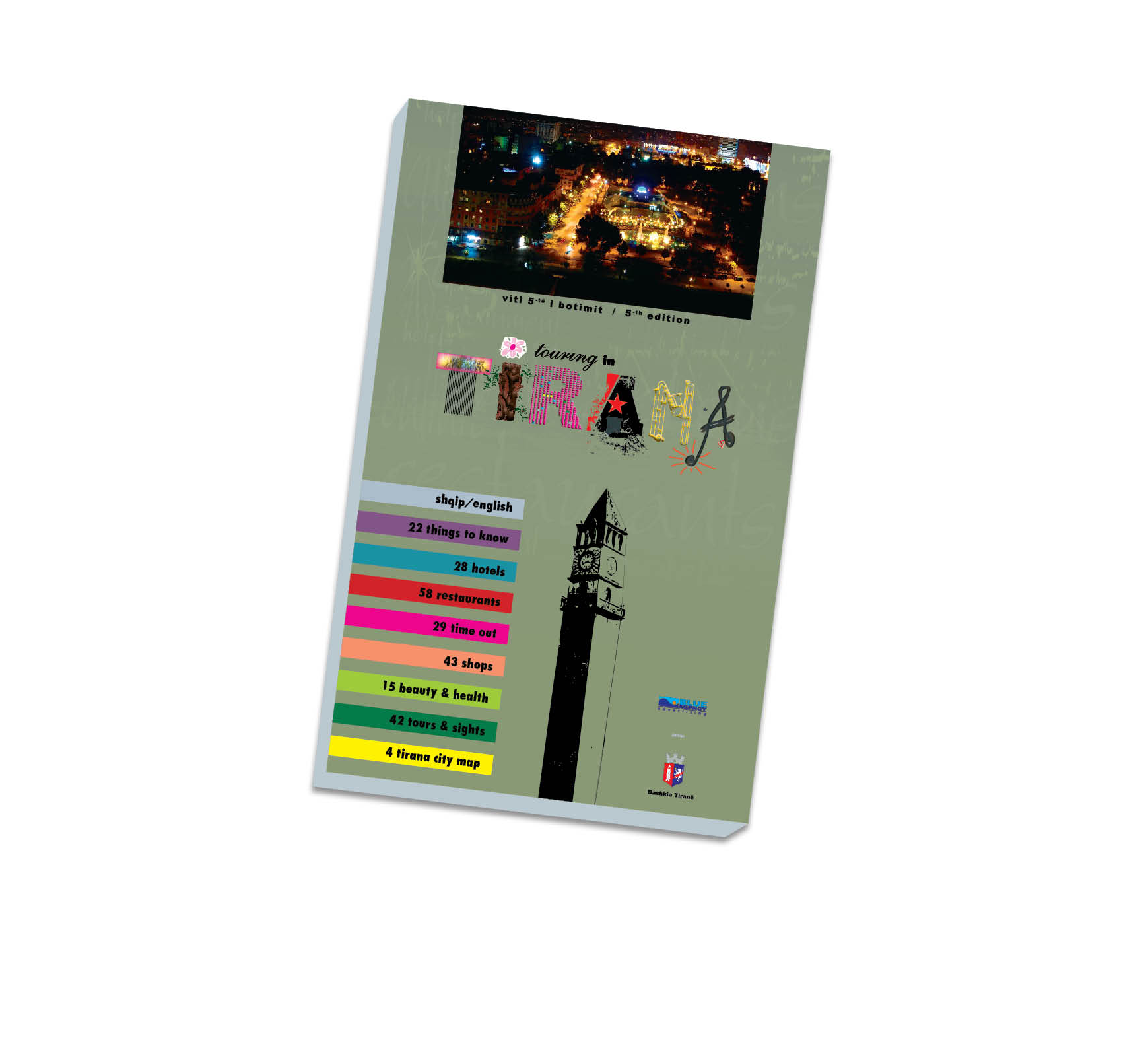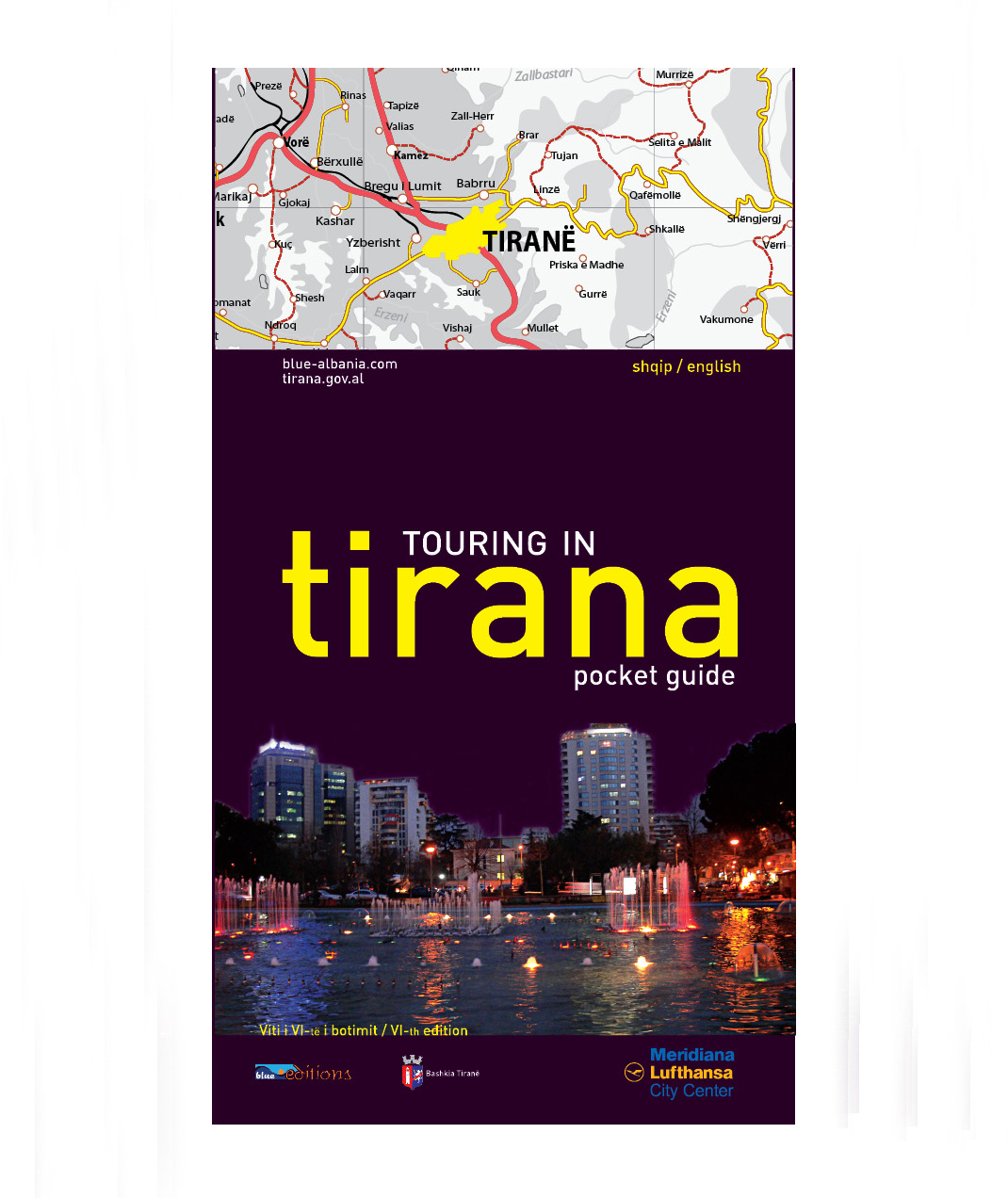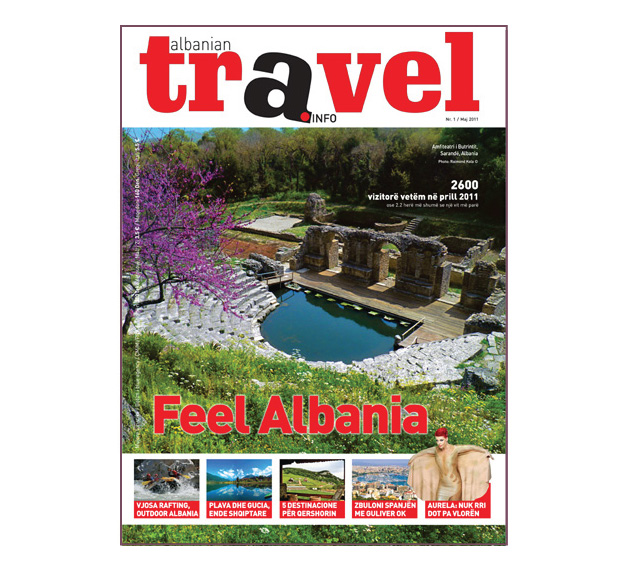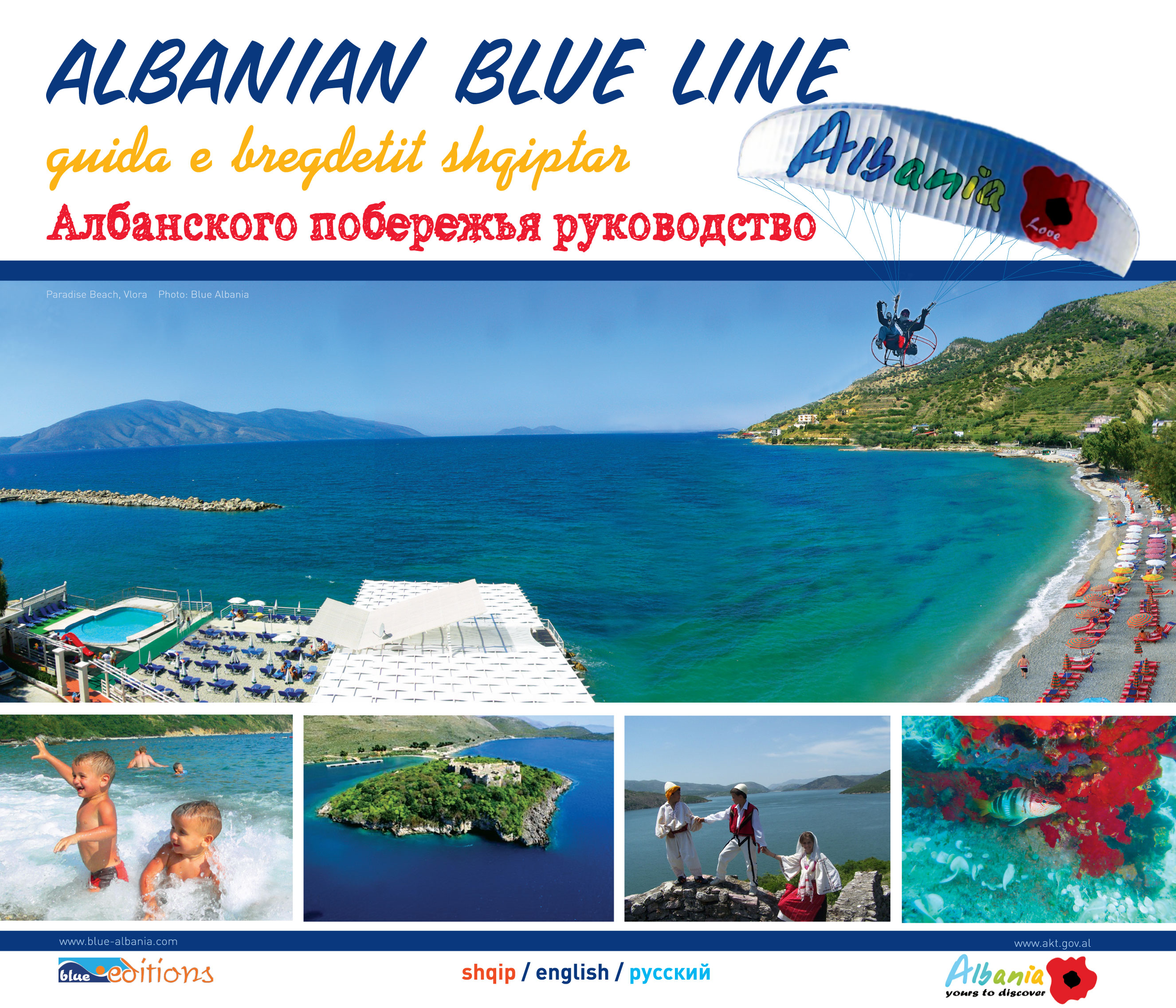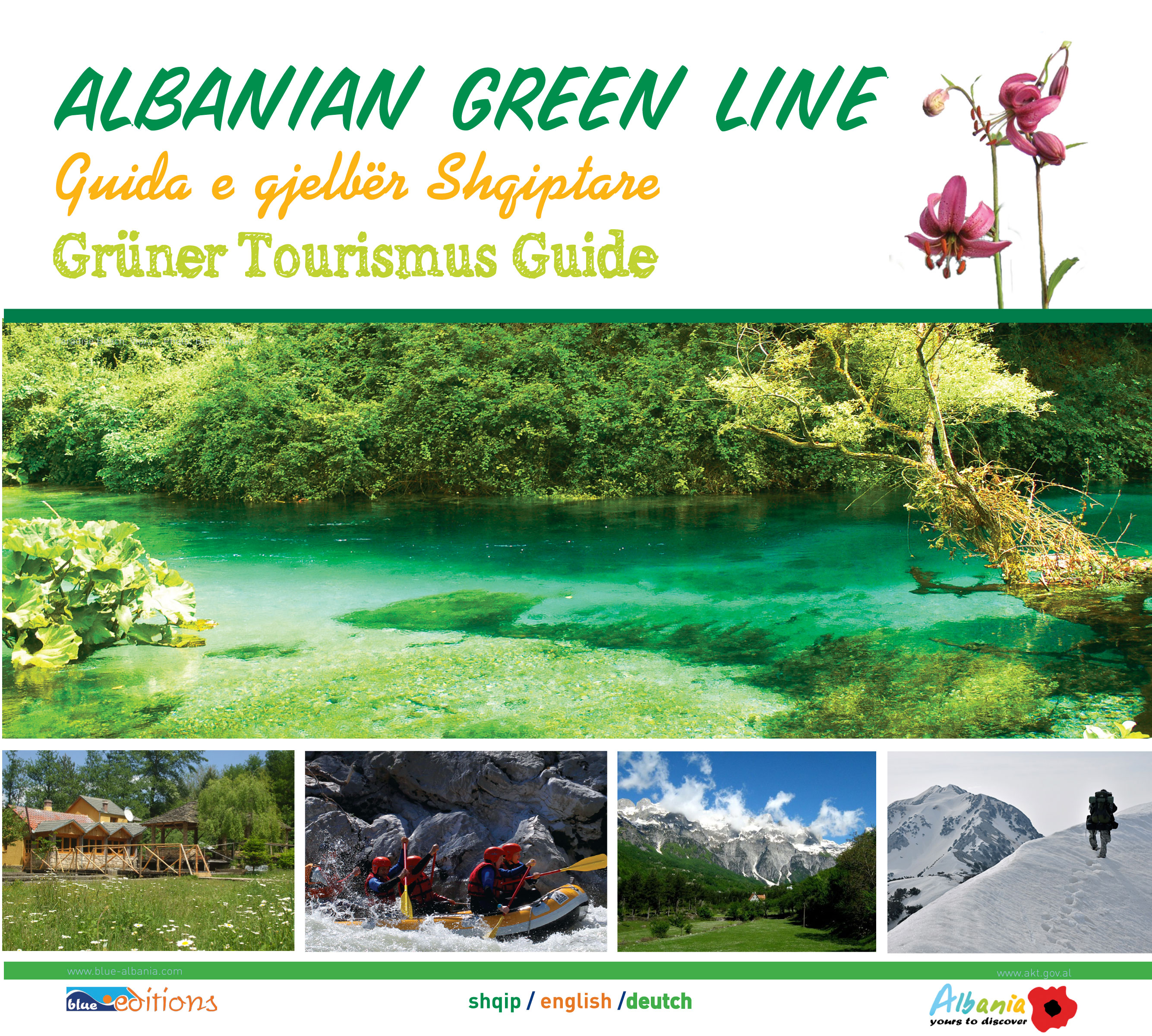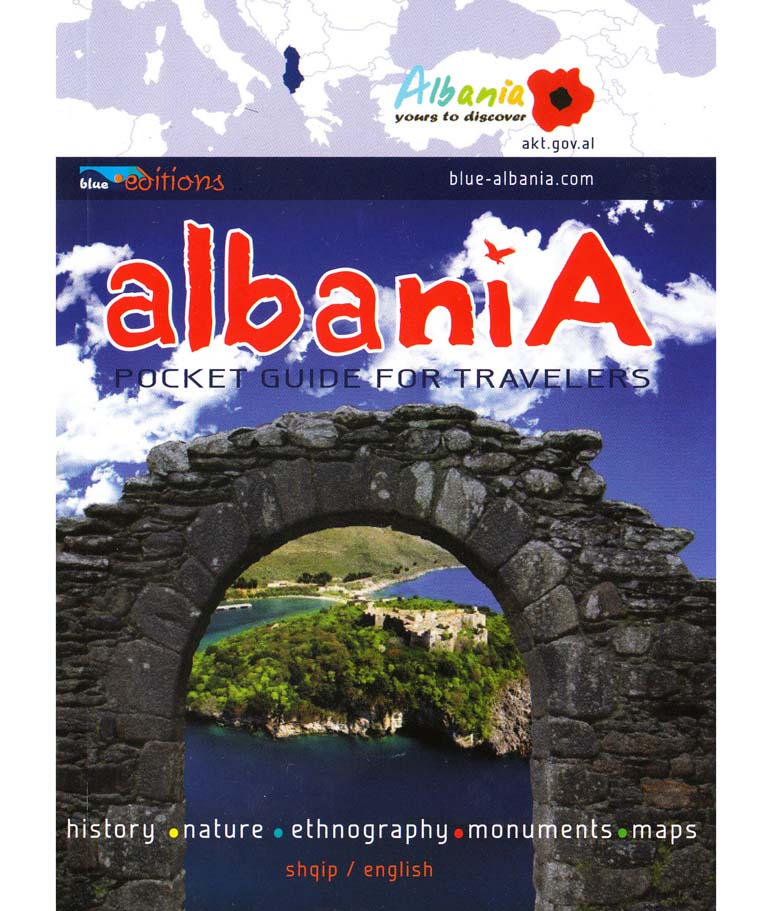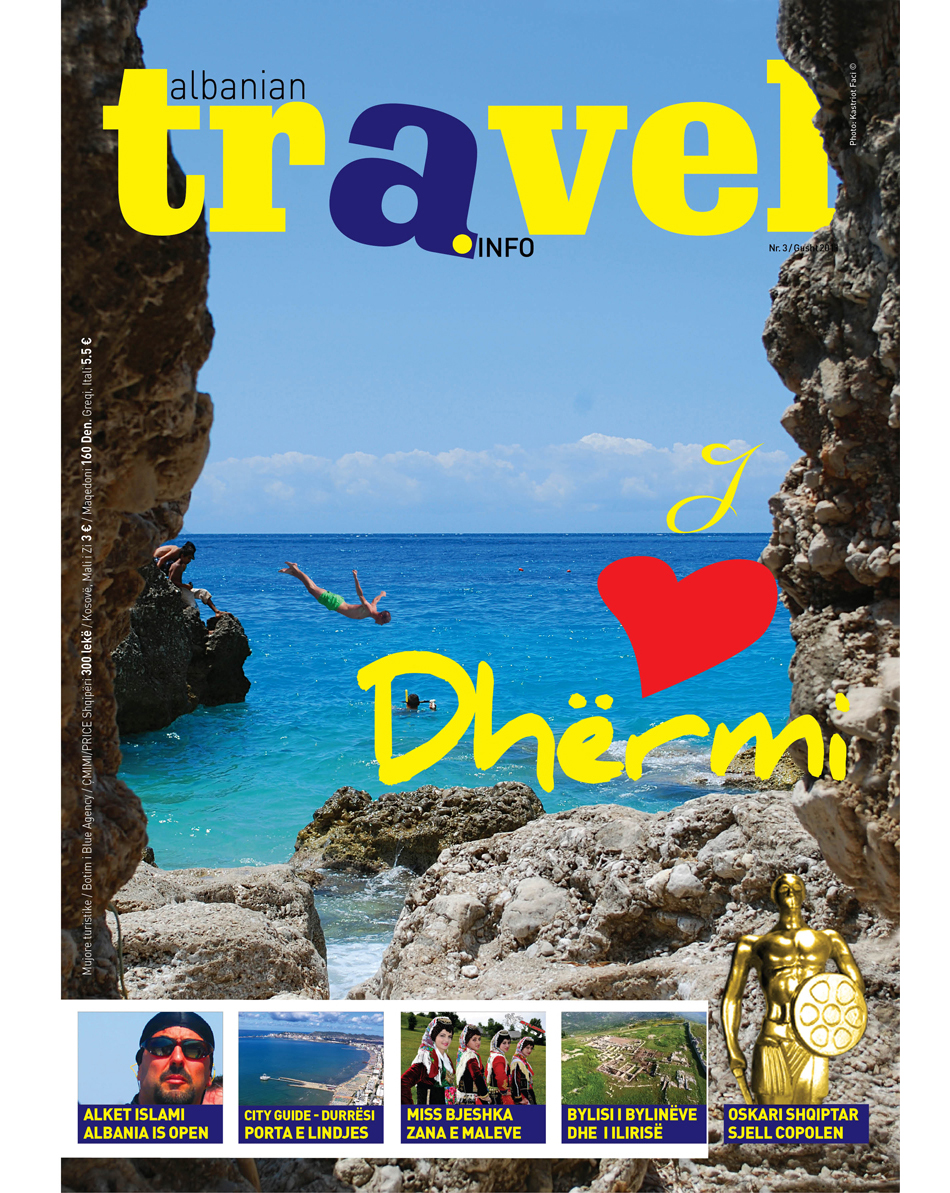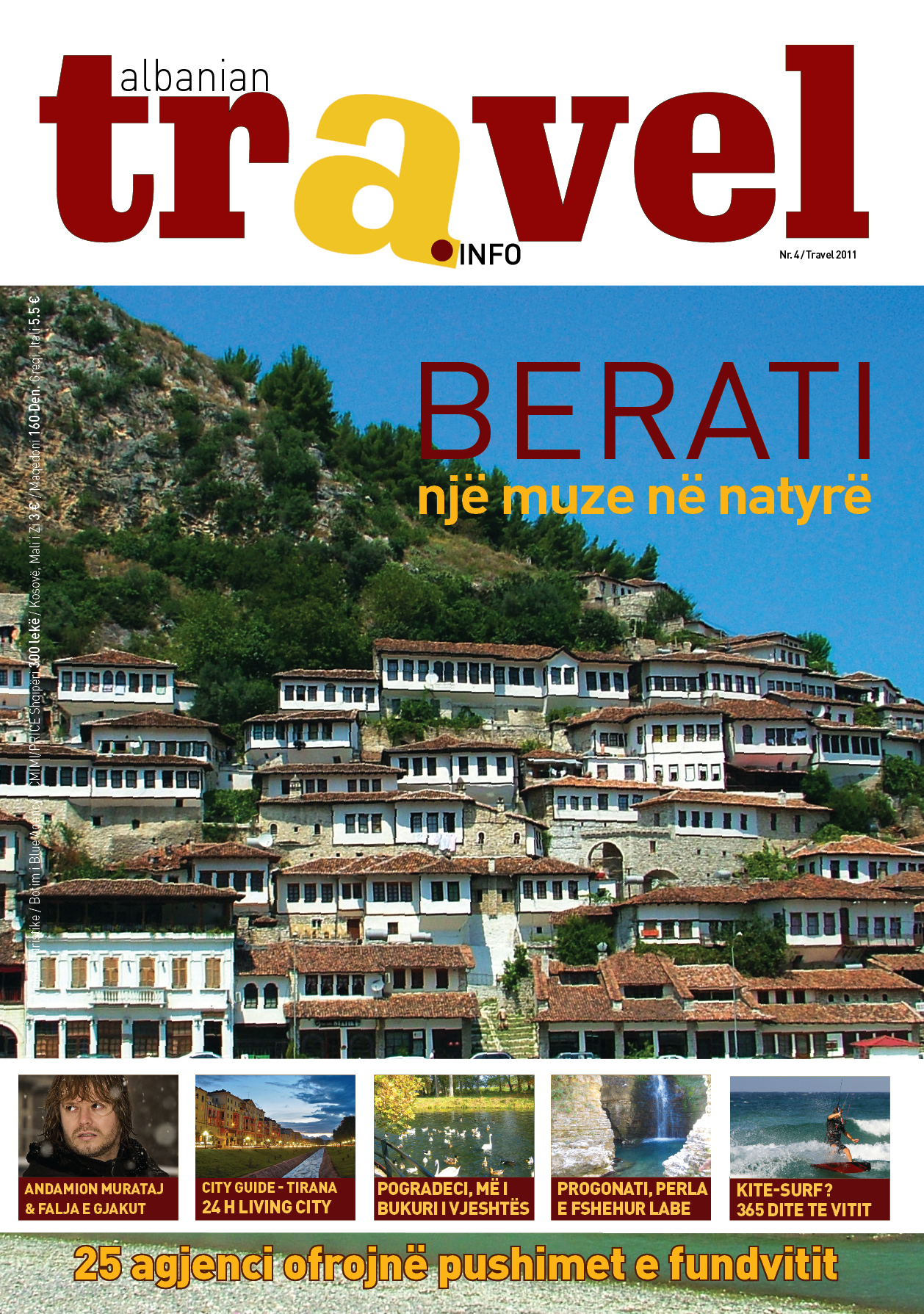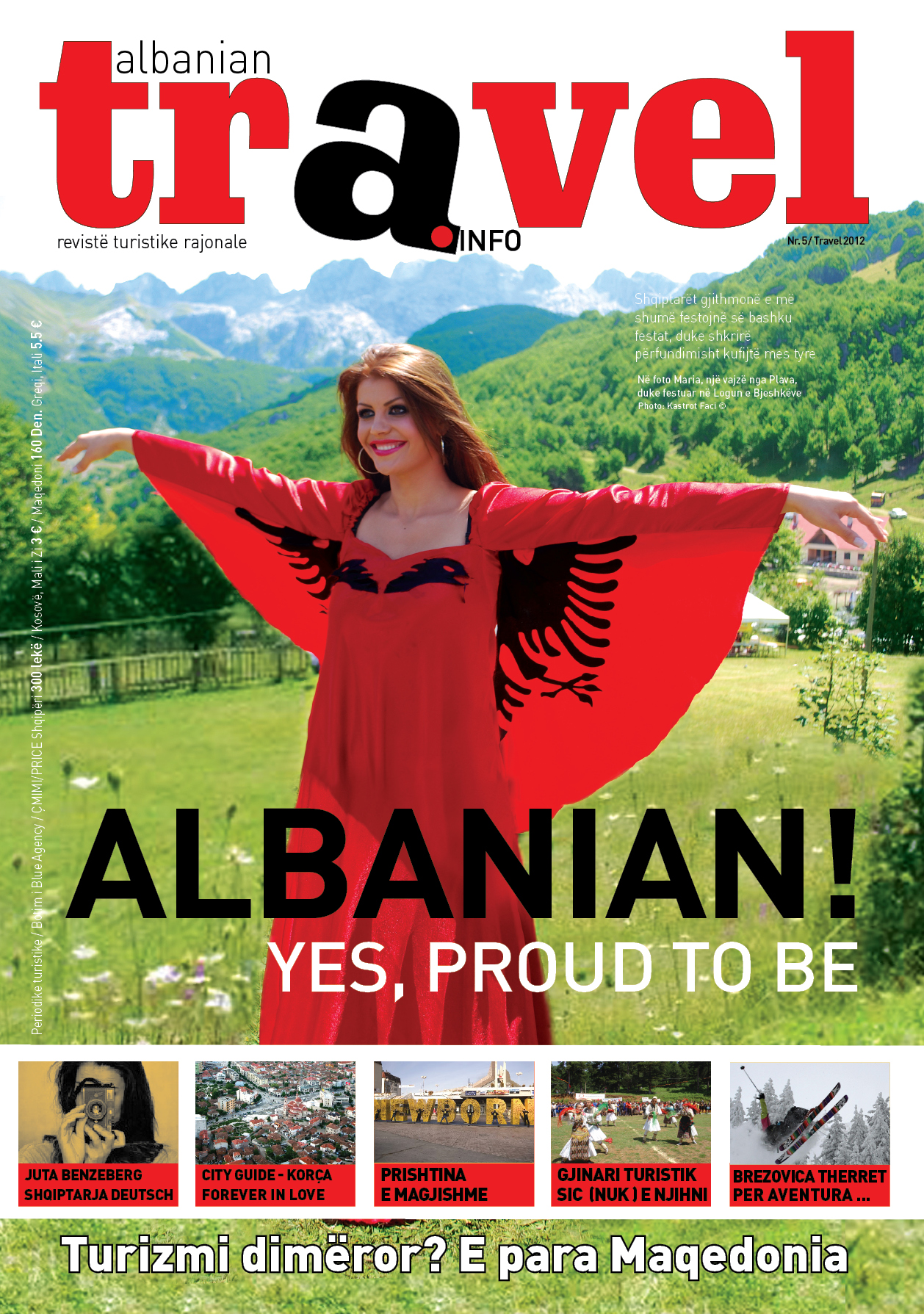Lushnja General Info
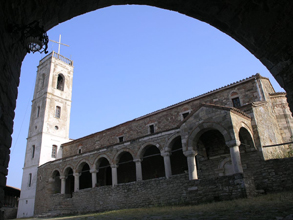
Lushnja district lies in the Western Lowland of Albania surrounded by Kavaja district in the north, , Fier in the Southwest and the Adriatic Sea in the west. The only relief are the Darsia hills, filled with olive groves and fruit trees. Lushnja is famous for its melon, a favorite fruit, of the summer. The district has two municipalities and 14 communes with 119 villages.
History
The city is mentioned for the first time in the years 1430-1432, with the names "Lusna", "Lusnie" and was no more than a village with about 15 houses. History of ancient Illyrians ascribes this area, of which called "Field Gylakion", according to the prince Gylak. It was later called "Field of Iliriku" and after years 1480 was called Field of Saura. All areas of Myzeqe during the Middle Ages, belonged to the royal family of Muzakaj, from which is thought to have left the name Myzeqe. Th residents of Myzeqe call themselves Lale. Like all the cities of Albania the active part of the people of Lushnja has contributed in different periods of history remarkable for the country. A historical detail is remembered and recorded in the history of Albania, besides that of the city, is Lushnja Congress, held in 21-31 of January 1920 after the Paris Peace Conference, where the Albanian delegation was against the partition of Albania in 1913. One of the decisions that came out of this Congress, was the collapse of the current government of Durres and the declaration of Tirana as the capital of Albania. Lushnja has issued many prominent personalities in the field of art, who have surpassed the boundaries of Albania, the singer Vaçe Zela, the writer Vath Koreshi, actors Margarita Xhepa, Ilia Shyti, Pavlina Mani etc.
Climate
Lushnja and all Myzeqe area is characterized by mild climate with long dry summers, and wet short winters. Advised mostly light cotton clothing in summer, especially in the coastal area, but should take precautions for the presence of large insects, in the large park of Divjaka, who is leading the tourist destination of Lushnja.
Culture and ethnography
Lushnja is a very active city with tradition in delivering the culture. It currently has a cultural center that hosts events of all genres, to keep alive active the artistic life of the city. The ethnographic wealth of the area consists of the spiritual and material. The latter is shown mostly through popular clothing. Once outfits wandered in handloom and every house had a kind, hers and dresses there from internal cash shirts for women and men, linen, silk curtains, thick clothing like vests, cloaks, socks, carpets, rug, bags etc..
What to visit
National Park " the Pine of Divjake"
Food and accommodation
The Hotels in Lushnje are mainly provided by several small hotels, with comfortable conditions. So you can find refuge in El'Don Park, Blerimi, Pilo Lala etc. On the coast of Divjaka we will suggest, hotel Different, Laguna Park, Pine complex etc.. The cuisine is mainly based on fresh products and traditional dishes of the country, the village birds, fish and eels in the lagoon, sea, etc.. Raki from the vineyards of the area is very good and wine are served preferably also from the country.
The natural monuments
The island of Pelican, Karavasta Lagoon, about 0.5 m above sea level. The island is formed by accumulations of organic waste. There lives the curly pelican, the largest bird in Europe, and in risk for extinction. Divjaka National Park.
The island of Kulari. 0.5 m above sea level. It is formed by accumulations of river wastes. Covered by shrubs, trees, wild poplar, ash, winter pasture. We meet aquatic birds, among them the curly pelican. Divjaka National Park.
The littoral braid of the New Lagoon of Karavasta. In the west side of the old lagoon, 0.5 m above the sea level, formed by marine accumulations. Covered with grass and rare shrub vegetation. It is several km long, 30 m wide. Divjaka National Park.
The dunes of Divjaka oasis. There are 4 dunes 600 m long and 1-3 m high. Divjaka National Park.
Hydro-monuments.
Thermal waters of Karbunarë. 50 m above sea level. There are 4-5 sources of water, which contain sulphydric gas and forms two holes 3-5 m long, 2-3 m wide 0.30 to 40 cm deep. Lushnjë-Karbunarë itinerary.












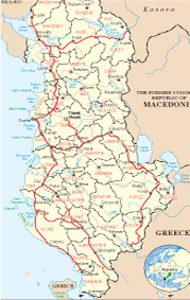




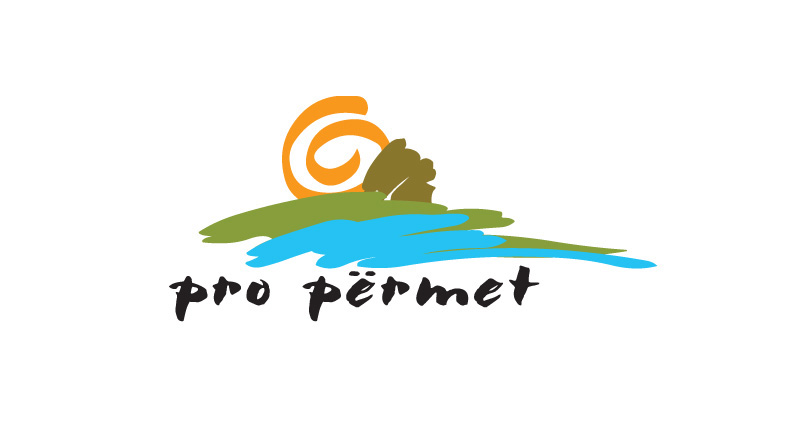

.jpg)
